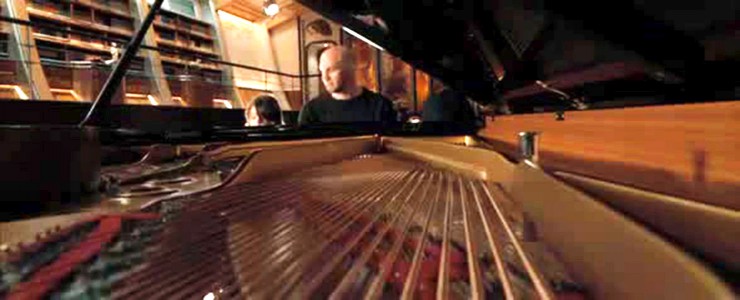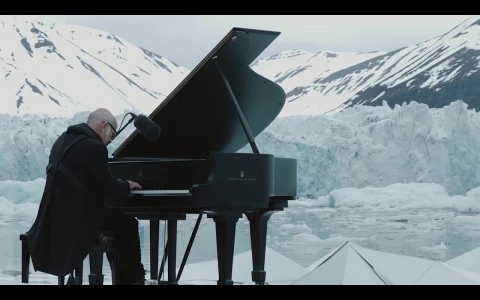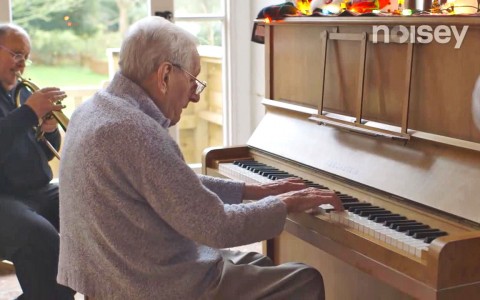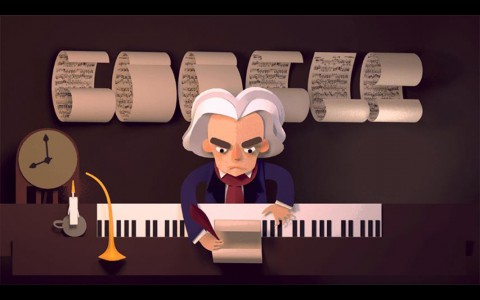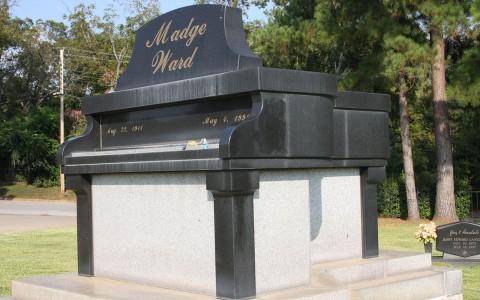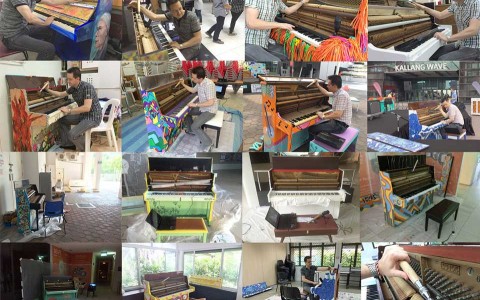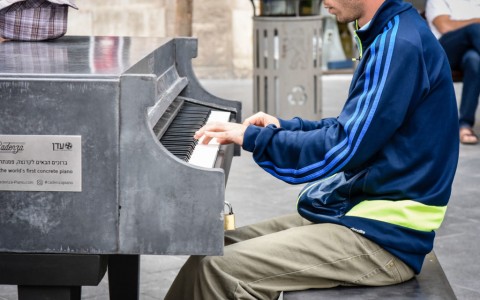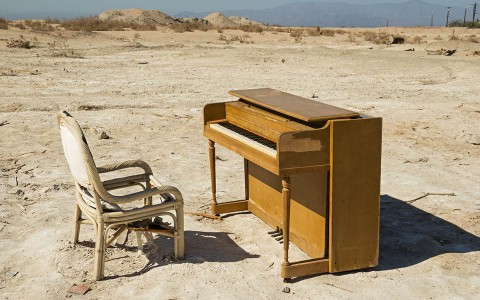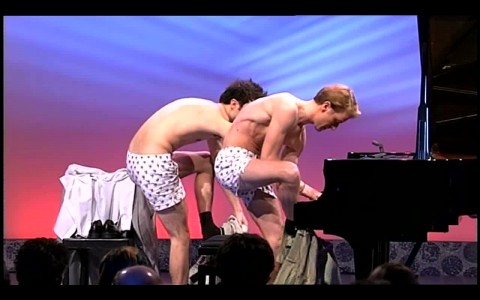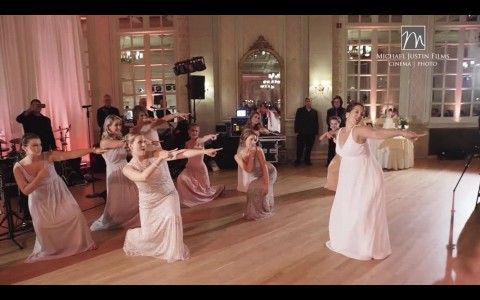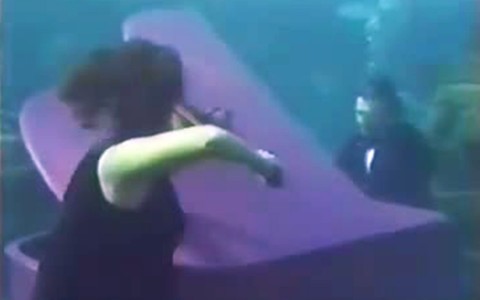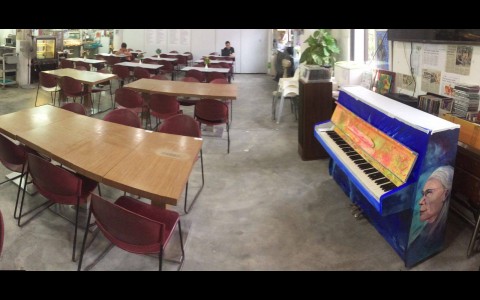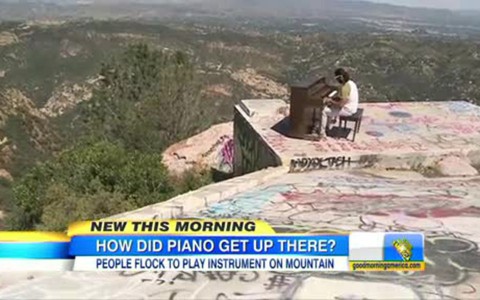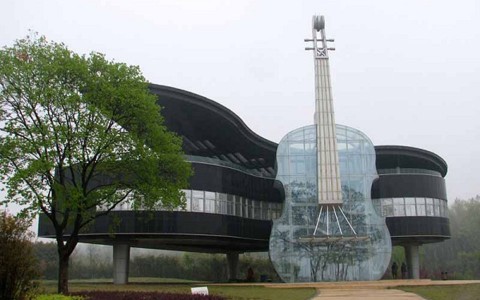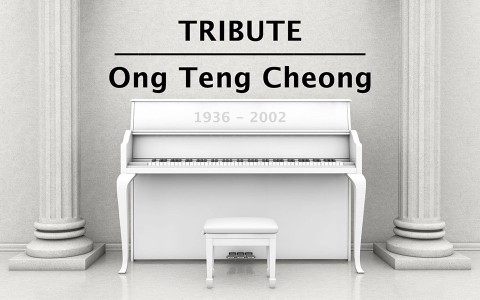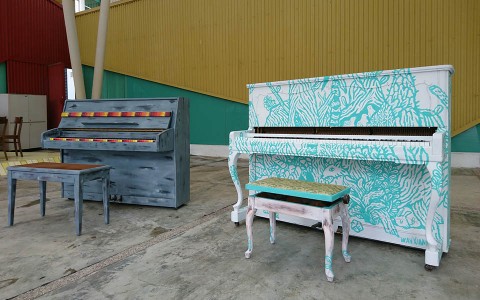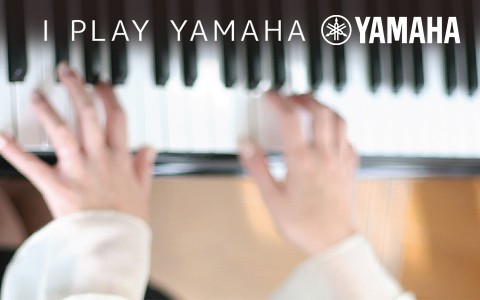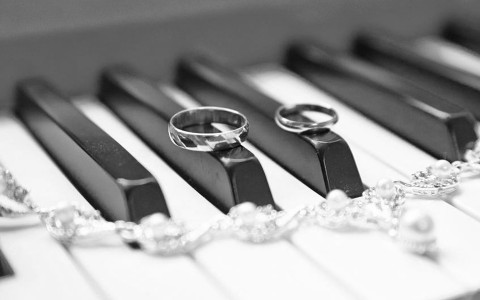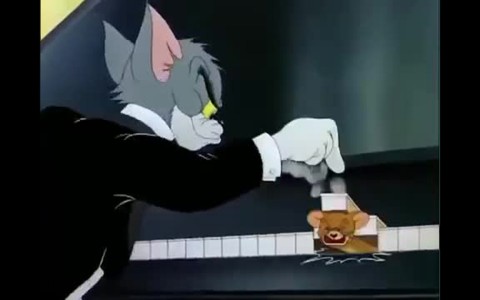It is often said that mathematics is the universal language. Being the medium of calculation and the means of transactions between people, it is no doubt something that is understood by all mankind, regardless of cultures and geographies. However, if there is something that is not only universally-understood but is also a source of entertainment, it has to be music.
For centuries, people from various cultures have been making music. The instruments and styles may be different, but there exists a common thread that is inherent between music from different lands and ages. Beautiful, melodious music has the ability to permeate the soul and bring the listener into a different realm of existance – a world where time stands still and all is beautiful. The listener is subject to the therapeuatic properties of music. Indeed, music heals wounds and connects cultures. Music has that innate ability to be that unspoken word between friends and adversaries alike.
In the 2006 movie Superman Returns, directed by Bryan Singer and starring Brendon Routh, there is a short sequence of piano-playing. Clark Kent’s love interest, Lois Lane, and her five-year old son, Jason, have been captured by the villain, Lex Luthor, and kept in a yacht, under the watchful eye of his henchman Brutus.
Jason plays the tune Heart and Soul, composed by Hoagy Carmichael. Heart and Soul is an evergreen piece dating back to 1938 that remains popular till today and is often played with four hands. In Superman Returns, Jason’s playing moves Brutus, who stops in his tracks, takes off his cap and turns around to smile at Lois. He lets down his guard and sits at the piano to join Jason, who plays the higher keys. Brutus plays the lower keys and although he occassionally takes a peek at Lois, he is clearly indulging in his music. As the boys kicks his legs in enjoyment, Brutus taps his shoe on the ground in an apparent sign of musical pleasure. As Brutus is distracted, Lois takes the opportunity to fax their coordinates to her employer to request for assistance to save her and Jason.
Although this scene does not last more than a minute, it clearly demonstrates the value that music plays in society. Music has never failed to bind people, regardless of their orientation. Music does not distinguish between good and evil and transcends geographical, racial and cultural boundaries. In the real world, there are countless examples of how music has been used to bridge gaps and connect people.
Play Me, I’m Yours, is a fine example of this. PMIY is a global arts movement that started in the United Kingdom and sees refurbished pianos being placed in public places for people’s enjoyment. In its tours of various cities around the world, PMIY has seen the pianos become hubs of human interaction and focal points of conversations. Play Me, I’m Yours has now arrived in Singapore and the beautiful pianos are doing their duties of community-binding in their designated locations around the island.
In March 2016, another event took place. Called Bach In The Subways, this is an annual event to celebrate the famous composer, Johann Sebastian Bach, and his pieces. Music performers perform in public with no expectation of any monetary rewards. This is to encourage a sense of giving and sharing for the enjoyment of everyone present. In Singapore, many performers played the piano located at One Fullerton and Bayfront Singapore. True to the spirit of Bach In The Subways, the pianists played for the enjoyment of people around them as a way to give back to the community.
When harnessed properly, music can be a universal language that connects everyone who is willing to pause and listen and make this world a better place.
